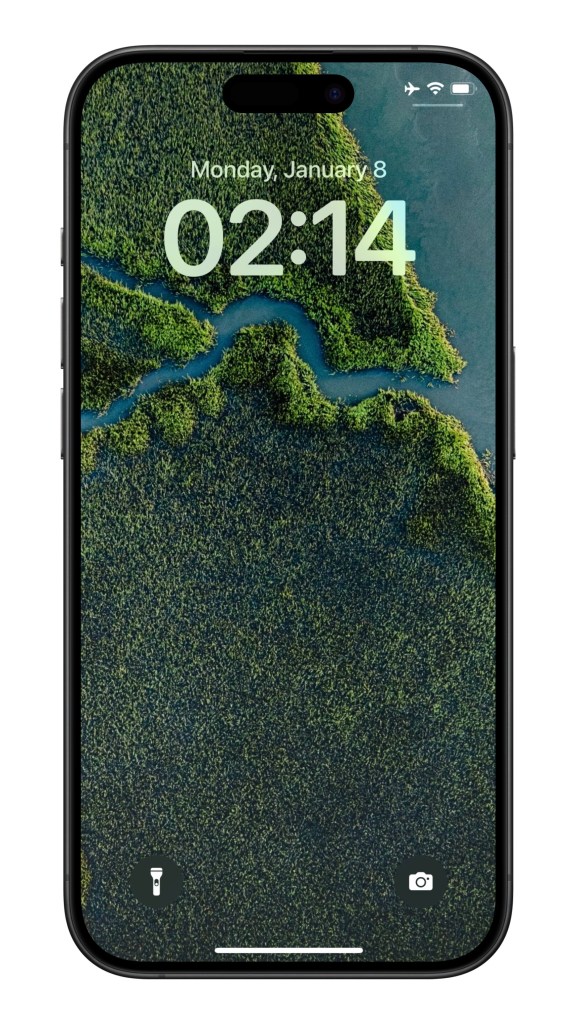
Immerse yourself in the profound beauty of the earth with this wallpaper collection, showcasing the exquisite texture of the earth’s surface. Each pattern resembles nature’s fingerprint, intricate and profound.
You can download all these wallpapers on Boring Day app:



What is the Earth known as?
The Earth is known by various names and terms in different contexts. Some alternative names for the Earth include:
- The world
- The globe
- Sol III (referring to it as the third planet from the Sun in the Solar System)
- Terra (derived from Latin, meaning Earth)
- Tellus (derived from Roman mythology, referring to the Roman goddess of the Earth)
- Gaia (derived from Greek mythology, referring to the Greek goddess of the Earth)
- Mother Earth (a term emphasizing the nurturing and life-sustaining aspects of the planet)
In addition to these names, there are various adjectives used to describe or relate to the Earth, such as earthly, terrestrial, terran, and tellurian. These adjectives emphasize the connection or association with the Earth.
It’s important to note that these names and terms may have different connotations and usage depending on the context in which they are used.

How old is Earth?
Earth is estimated to be approximately 4.543 billion years old. This age is determined through radiometric dating methods, which involve analyzing the decay of radioactive isotopes in rocks and minerals found on Earth. Scientists have conducted extensive research and study to identify the oldest rocks on Earth and calculate the age of the planet. The estimated age of 4.543 billion years has a margin of error of about 50 million years.

What is the old name of Earth?
The old names of Earth vary across different cultures and mythologies. Some examples include:
- Tonantzin: This was the name used by the Aztecs to refer to Earth. Tonantzin means “our mother” and signifies the deep reverence and connection the Aztecs had with the Earth.
- Pachamama: In Inca mythology, Earth was called Pachamama, which translates to “mother earth” in Quechua. Pachamama represented the fertility and abundance of the land and was highly respected and honored by the Incas.
- Hou Tu: The Chinese Earth goddess, Hou Tu, shares similarities with Gaia, the Greek goddess personifying the Earth. Hou Tu is associated with the Earth element and is revered as a goddess of fertility, agriculture, and the balance of nature.
- Bhumi Devi: In Hinduism, Bhumi Devi is the goddess of Earth. She is regarded as a divine deity and is associated with the nurturing, sustaining, and protective qualities of the Earth. Bhumi Devi is influenced by the concept of Graha, which represents the celestial bodies and their influences on human life.
These names reflect the diverse cultural perspectives and beliefs about the Earth as a sacred and life-giving entity. They highlight the reverence and connection that various civilizations have had with the natural world throughout history.

Is Google Earth Pro still free?
Yes, Google Earth Pro is still available as a free desktop tool with advanced mapping features. It provides additional functionalities compared to the standard version of Google Earth. Some of the features include the ability to measure distances and areas, access to high-resolution imagery, advanced printing options, and the ability to import and export GIS data. Users can download and use Google Earth Pro for free by visiting the Google Earth website and downloading the desktop application.

How do I go back in time on Google Earth?
To go back in time and view past versions of a location on Google Earth, you can follow these steps:
- Open Google Earth on your computer or mobile device.
- Find the location you want to explore.
- In the toolbar, click on “View” and select “Historical Imagery.” If you’re using the mobile app, tap on the “Time” button above the 3D viewer.
- A timeline will appear at the top of the screen, displaying available imagery for that location.
- Drag the timeline slider to a specific date or time period to view the imagery from that period.
- As you adjust the timeline, the imagery in the 3D viewer will change to reflect the selected date or time.
By using the historical imagery feature or the timeline, you can explore how locations have changed over time and view past versions of maps, satellite images, and aerial photographs on Google Earth.

Why is Google Earth not working?
There can be several reasons why Google Earth may not be working properly. Here are some troubleshooting steps you can try:
- Clear disk cache: Google Earth uses a cache to store temporary files for faster loading. Clearing the disk cache can help resolve issues. To do this, go to the Google Earth menu, select “Preferences,” and then click on “Cache.” From there, you can clear the disk cache.
- Enable Safe Mode: Safe Mode disables advanced graphics and can help identify if certain settings or graphics configurations are causing issues. To enable Safe Mode, go to the Google Earth menu, select “Preferences,” and then click on “Graphics Mode.” Choose the “Safe Mode” option.
- Disable atmosphere: If the glow around the globe and the sky are causing issues, you can try disabling the atmosphere. Go to the Google Earth menu, select “Preferences,” and then click on “View.” Uncheck the “Atmosphere” option.
- Update Google Earth: Make sure you have the latest version of Google Earth installed. Check for updates and install any available updates to ensure you have the most recent version.
- Check system requirements: Ensure that your computer meets the minimum system requirements for running Google Earth. Make sure you have sufficient memory, graphics capabilities, and a stable internet connection.
- Restart and reinstall: If the above steps don’t resolve the issue, try restarting your computer and then reinstalling Google Earth. This can help resolve any temporary glitches or conflicts.
If the problem persists, you can visit the Google Earth Help Center or contact Google support for further assistance.